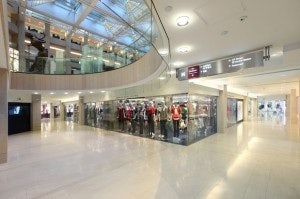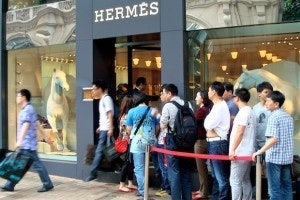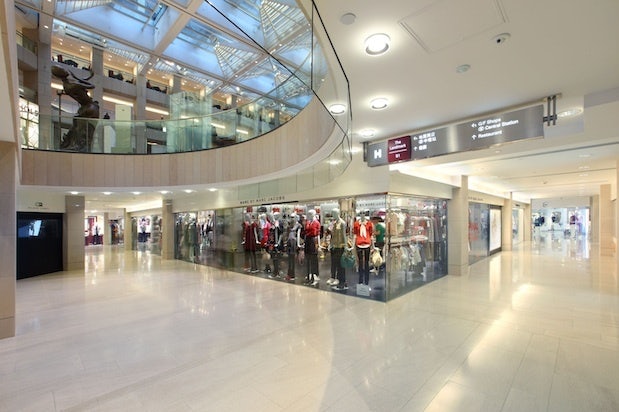Major Luxury Brands Slowing China Expansion As More Consumers Shop Overseas#

As always, we take their numbers with a grain of salt, but a new report by the Beijing-based World Luxury Association holds that Chinese consumers spent a relatively spare US$830 million on luxury items domestically from January 20 - February 20, a 53 percent drop from last year's spending spree, but a whopping $8.5 billion overseas, an 18 percent increase year-on-year. Price considerations remain the key driver of overseas luxury spending, with 93 percent of mainland Chinese consumers surveyed by the WLA saying they were motivated primarily by lower prices abroad. Nothing really new here, aside from signs that the current, chillier luxury environment in China -- along with lower prices -- is simply sending more big spenders abroad, where they can make more private big-ticket purchases.
Regardless of higher prices, there are some indications that we can expect more domestic shopping in 2013, particularly among urban female shoppers. As China Daily recently pointed out:
According to a report conducted by France-based market research company Ipsos, nearly half of Chinese urban women intend to buy luxury goods and more than 60 percent plan to buy bags, dresses, shoes, accessories and jewelry.
The survey, conducted during last August to October, covered 30 first to fifth-tier cities and surveyed 4,043 20- to 45-year-old women on their buying habits, relationships with brands, lifestyle, values and attitudes. The average monthly household income of these women was 15,925 yuan.
It showed that 43 percent of the respondents intend to buy some luxury products in 2013. Bags, dresses, shoes and accessories are the most popular, with 68 percent planning to buy them. A total of 66 percent want jewelry.

These indications fit with Jing Daily's expectations for 2013: that luxury demand and consumption will show a rise over 2012's tepid growth, but consumption trends will be different from the boom years of 2010-2011, and though many leading brands will slow their physical expansion efforts, pent-up inland demand will show in e-commerce sales and Hong Kong retail stats.
As Zhao Ping, deputy director of the Institute of Consumer Economic Research at the Ministry of Commerce in Beijing recently told china.com.cn, despite the recent slowdown in the domestic Chinese luxury market, Zhao expects a rebound over the next several years as more consumers -- particularly in lower-tier cities -- join the middle class and look to show off their new-found status.
